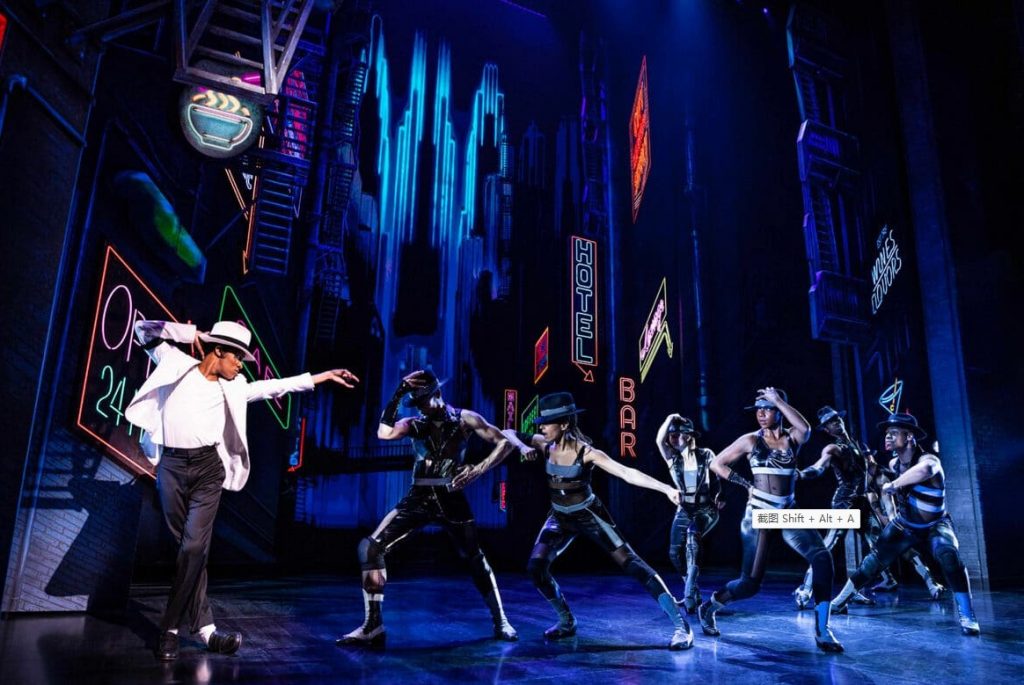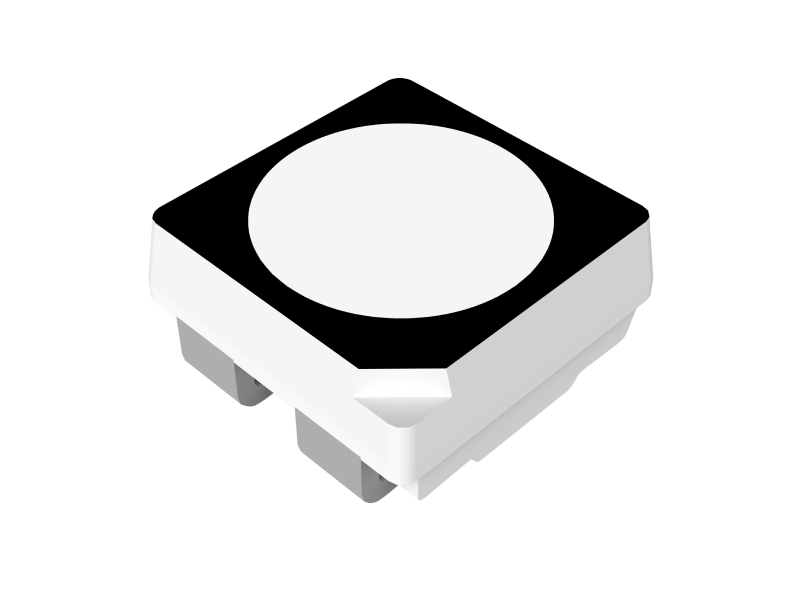Audiences at MJ The Musical in 2024 leaned forward, breath held, as a shimmering figure materialized on stage. Through a collaboration with INFiLED’s cutting-edge AR3.9 LED panels, Michael Jackson “returned” to perform Billie Jean—not as a hologram, but as a hyper-realistic digital projection seamlessly integrated with live dancers. The effect was uncanny: the King of Pop’s signature moonwalk glided across a dynamic LED floor that rippled like liquid mercury, while 360-degree screens transformed the theater into a 1980s concert arena. Social media erupted. “I forgot he wasn’t real,” one fan tweeted. This fusion of legacy and innovation begs the question: How did LEDs evolve from simple backdrops to tools that resurrect legends and redefine reality itself?

MJ The Musical
Before LEDs, creating magic required sweat, sawdust, and patience. Theatrical productions relied on hand-painted canvases, mechanical pulley systems, and gelatin lighting filters that melted under heat. Iconic moments came at a cost:
Broadway’s Cats (1981): A junkyard set weighing 18 tons took days to assemble.
Pink Floyd’s The Wall Tour (1980–81): A physical wall built brick-by-brick during shows, limiting touring flexibility.
Film Studios: Green screens forced actors to “pretend” in void-like spaces, with environments added months later.
These methods prioritized durability over dynamism. A stage couldn’t shift from a medieval castle to a cyberpunk city in seconds; a film director couldn’t adjust a sunset’s hue in real time. The gap between creative vision and execution yawned wide.
The rise of high-resolution, flexible LED panels turned stages into shape-shifting dreamscapes. Key innovations include:
Pixel Revolution: INFILED’s AR3.9 LED panels, featured in MJ The Musical, leverage advanced color calibration and 7680Hz refresh rates to render Michael Jackson’s digital avatar with lifelike fluidity. The seamless synchronization between live dancers and the AI-driven projection redefines ‘live’ performance.
Curved & Transparent Screens: Billie Eilish’s 2023 tour featured floating LED “jellyfish” that danced above the crowd.
Interactive Floors: BTS’s Permission to Dance stages used pressure-sensitive LED tiles that lit up with each step.
Cost Efficiency Meets Creativity:
A LED “forest” for a K-pop concert can be programmed in hours, versus weeks to build physical trees.
Films like Dune: Part Two used LED walls to render desertscapes in-camera, slashing post-production costs by 30%.
Disney’s The Mandalorian popularized “virtual production,” where LED volumes project real-time environments. Actors emoted to actual alien sunsets—not tennis balls on sticks. The result? More authentic performances and Oscar-winning visuals.
At Seoul’s LoL Park, LED domes wrap audiences in 360-degree battles from League of Legends. Players train in LED-cube studios where walls display real-time strategy maps.
Universal’s Super Nintendo World uses LED “power-up” bands and reactive floors to turn guests into game characters. Meanwhile, Disney’s Avatar ride projects bioluminescent forests via 16K LED tunnels.
Twitch streamers use LED cycloramas to teleport audiences to Tokyo or Mars. TikTok’s 2024 LIVE Fest featured creators performing inside AI-driven LED “mood rooms” that shifted colors based on fan comments.
Greener Stages: LEDs consume 80% less energy than incandescent lights. Coldplay’s current tour pairs solar-powered LED wristbands with kinetic dance floors that generate electricity.
Democratizing Spectacle: Indie artists now rent portable LED backdrops via apps like StageShare, creating arena-level visuals for club gigs.
Preserving Legends: Whitney Houston’s 2025 hologram tour, powered by LED and AI, will adapt her vocals to duet with local artists in real time.
The next decade will erase the line between display and environment:
AI-Driven Stages: Imagine concerts where LED walls auto-generate visuals based on a song’s emotional beats (pilot-tested at Coachella 2024).
Wearable LEDs: Costumes with micro-panels that change patterns via app—tested by Lady Gaga’s team for her upcoming jazz residency.
Neural Integration: Startups like NeuroLux are developing LED systems that sync with brainwave headsets, letting audiences “paint” the stage with their thoughts.

Kinglight supplies LEDs in different specs and varieties.
LEDs haven’t just enhanced entertainment—they’ve turned it into a collaborative, boundaryless experiment. From resurrecting icons to empowering indie creators, this technology proves that light, when harnessed with ingenuity, can be both a mirror and a portal. As INFILED’s CTO remarked after the MJ debut: “We’re not just building screens. We’re building belief.”